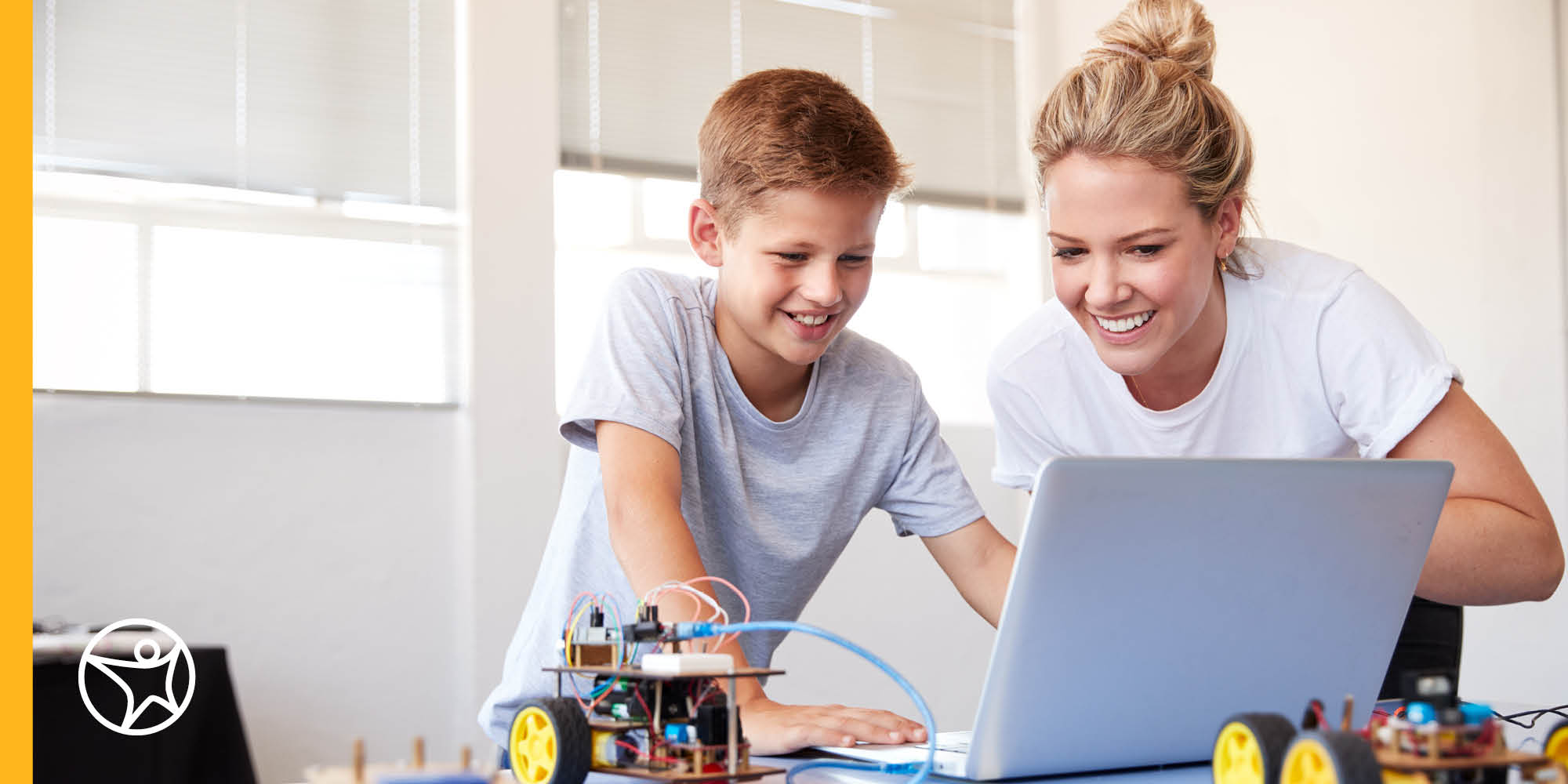Using Reading Comprehension Questions to Read Between the Lines
byElizabeth Preston
4 min to read
Students often have questions when absorbing and interacting with reading material. This is great because thoughtful and insightful questions help readers understand, reflect upon, and be drawn more deeply into whatever they're reading. Indeed, questions are key to reading engagement and developing reading comprehension skills, which are key for students to become active readers.
Students can continually improve their reading comprehension by using reading comprehension questions to read between the lines. Here is an explanation of what it means to read between the lines as well as some reading comprehension questions to guide your student.
What is Reading Between the Lines?
Reading between the lines refers to readers making inferences and drawing conclusions based on prior knowledge, logic, and textual evidence. Making inferences may ask for students to form interpretations based on knowledge that is present in a text but not stated outright.
The 5 Ws (and How) of Reading Comprehension
The 5 Ws include Who, What, Where, When, and Why. These basic reading comprehension questions plus the question of “How?” help students reflect on a story, delve deeper into a text, and get a sense for what is happening on the surface as well as between the lines.
The 5 W’s (and How) encourage students to synthesize information by extracting important ideas and using their logic skills to link those ideas to their prior knowledge. In this way, such reading comprehension questions enable students to practice their critical thinking skills.

Learning Coaches can prompt students to delve into their reading analyses by using the questions below. Also, the questions can be tailored to fit a student’s level of academic progress. Here are some question ideas based on the 5 Ws (and How).
Who
Who is the main character and what are their traits?
Who is the antagonist and what are their characteristics?
Who are the supporting characters and how would you describe them?
Who is your favorite character and why?
Who is your least favorite character and why?
Who do you think is responsible for the conflict?
What
What happened in this chapter?
What is at stake for the protagonist? What is being risked?
What does the protagonist want and why?
What does the antagonist want and why?
What do you think is going to happen next?
What are some themes in the story?
What do you feel is the story’s overall message?
Where
Where does this story take place?
Does the location impact the characters or the storyline?
Could this story take place at any other location? Why or why not?
When
When does this story take place?
Does the time period impact the story or characters?
Could this story take place at any other time? Why or why not?
When is the inciting incident?
When does the story’s arc take place?
When does the story’s resolution take place?
Why
Why are the protagonist and antagonist at odds with one another?
Do you sympathize with the protagonist? Why or why not?
Do you sympathize with the antagonist? Why or why not?
Why do you think the author created this story?
Why is this an enjoyable/unenjoyable story for you?
How
How does the protagonist overcome obstacles?
How does the protagonist resolve the conflict?
How does the antagonist create obstacles for the protagonist?
How do you feel about the story’s ending?
How does the author use literary devices such as metaphor, symbolism, and simile?
If you could, how would you change the story?
The above questions can be great starting points for students to practice their reading comprehension skills and start to engage with their reading assignments in a deeper way. =
The point of the 5Ws (and How) as well as the above reading comprehension questions is to get students thinking about texts beyond the page. Students learn how to make inferences, become active readers, and practice their critical thinking skills when they add their own thinking to what they are reading. Also, such questions can encourage creative thinking among students, make reading fun, and encourage reluctant readers to dive into reading.



